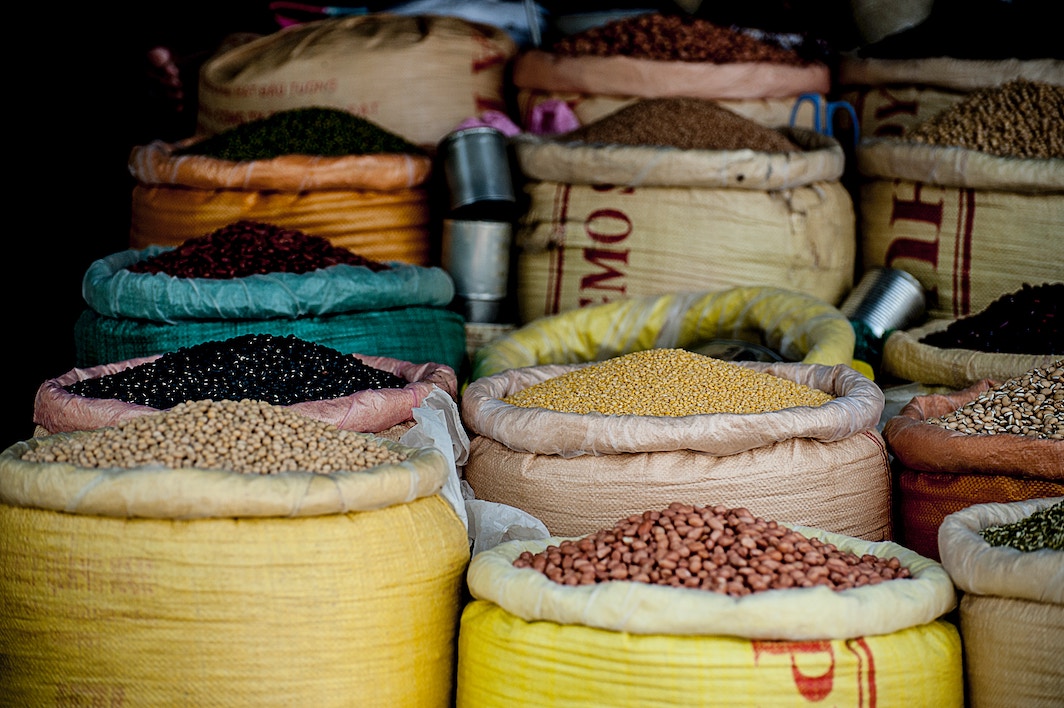We all know that horses are best kept on a “high fibre, low starch” diet. But the reality is this – horses in moderate to intense work have higher energy needs than your resting or lightly worked horse – and there is only so much they can fit in their stomachs before, like us, they are full up. In practical terms, this means that a horse in medium to intense work will not physically be able to eat enough roughage to fulfil their daily nutrient requirements.
So, what’s the obvious next step? The addition of energy concentrates to the feed – and where performance horses are involved, the only way for them to get enough energy to meet their daily requirements is through the introduction of grains, which are higher in starch than roughages.
Now the problem with starch is that it isn’t well broken down within the horse’s digestive system, causing hindgut fermentation and acidosis, which eventually leads to problems like ulcers, colic, laminitis, decreased appetite and “fizzy” behaviour.
Now you are thinking, “What the hell? How am I supposed to feed my performance horse without inadvertently killing them?!”
Historically, when we wanted to feed grains to our horses, we would boil the grains for a long time to increase starch digestibility.
Improved starch digestibility = reduced risk of starch overload.
But who has time to boil grains every day?!
That’s where micronisation and extrusion come into play.
Extrusion and micronisation are both processes by which the grains are cooked in order to gelatinise the starch. Once the starch is gelatinised, it is MUCH easier for the horse’s body to digest. Better still, the grains become what we term a “cool” feed, giving the desired energy WITHOUT the fizzy behaviour! In fact, you will find that most of the “cool” feeds on the market have a combination of micronised or extruded grains – there is no “magic” to it – energy needs to come from somewhere and that somewhere is grains and oils.
Now anytime you cook something, you do lose some nutritional value. The same applies to your home cooked meals by the way, which is why you get more nutritional value from raw vegetables than cooked vegetables. So the downside to micronisation, extrusion and boiling for that matter, is that some nutritional value is always lost, but IF the manufacturer gets the process right, the nutritional loss should be minimal.
If you need to feed grain to your horse, you can find micronised and extruded grains at your local fodder store, but I usually always recommend that my clients choose micronised grains, as they are MUCH more palatable and your horse will usually be more than happy to eat them.
I hope that has shed some light on grains for you and if you do feed grains, make the “healthier” choice for your horse and go micronised or extruded.
Photo Credit: oldskool photography on Unsplash

